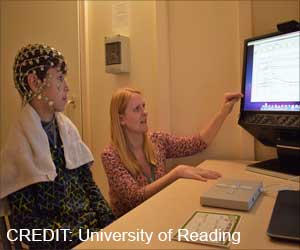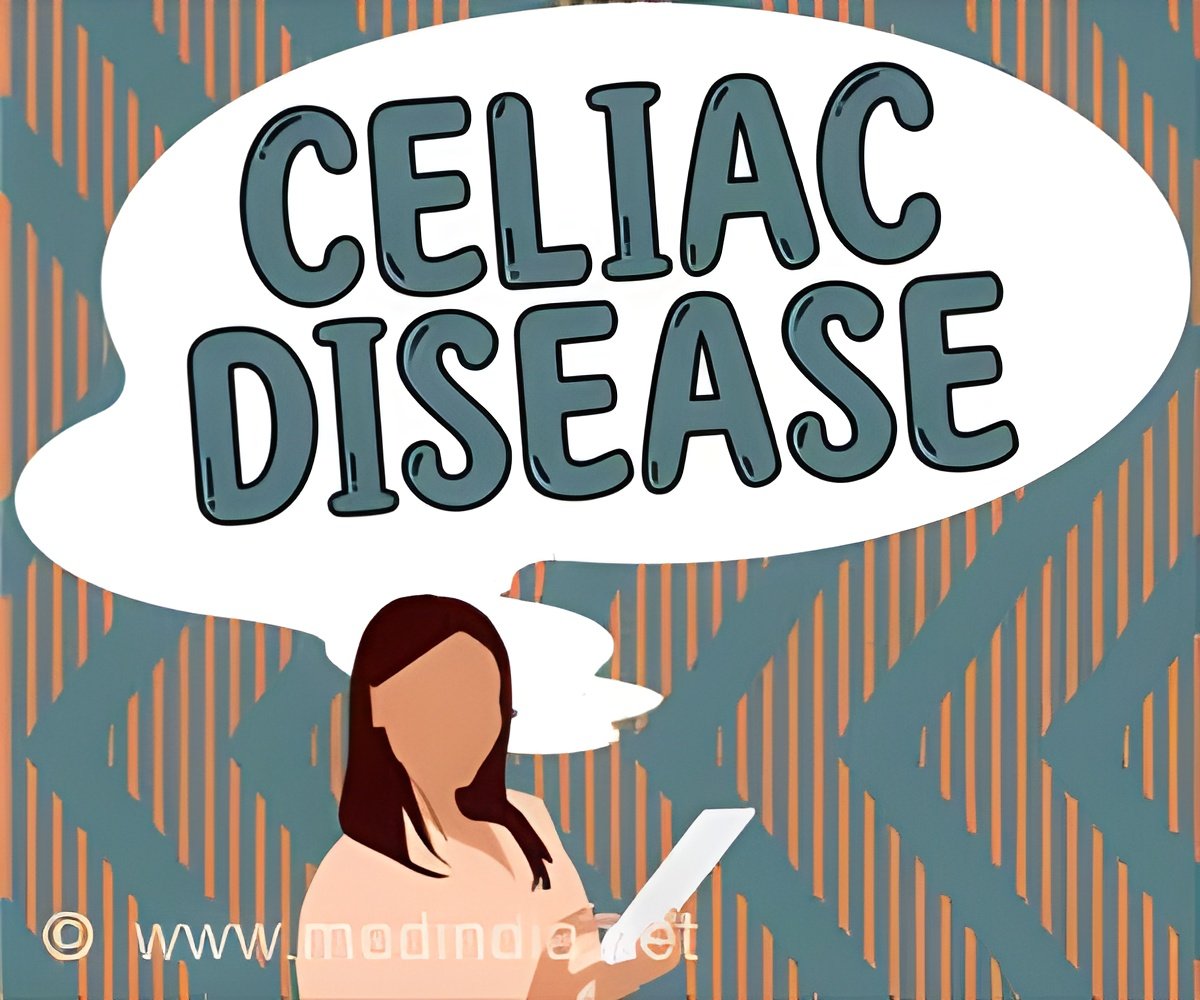Tonality, or producing sounds with varying pitches, is characterized by universal features, such as vibrating the vocal folds in the larynx. There are remarkable parallels in the way melody, harmony, and timbre are used across wildly disparate musical traditions and civilizations.
All across the world, lullabies employ low-frequency tones with straightforward, repeating patterns; somberness is conveyed by flatter melodies.
Advertisement
According to the vocal similarity theory, our brains automatically give context to what we hear, guiding our perception of tone.
Rhythm:
All musical traditions share rhythm, which is a pattern of sounds with temporal predictability. The regularity of musical rhythms demonstrates a strong relationship with human motions, like walking. Humans can anticipate rhythms and easily harmonize with them.
According to the notion of brain resonance, our ability to understand spoken language is facilitated by our rhythmic skills. Furthermore, the cortical and subcortical parts of the brain, which are involved in controlling movement, are stimulated when one listens to music.
Even when a person is not moving, there is an increase in brain activity in these areas in response to rhythm. Clinically, this aspect of music that makes us move is called the groove.
Reward:
Research employing neuroimaging methods has demonstrated that music listening stimulates the reward centers of the brain. For instance, in the nucleus accumbent, dopamine binding correlates with the pleasure experienced by music listeners.
Treatment with opioid-receptive antagonists, which can lessen the pleasure from music, applies the opioidergic pathway linked to this reward.
Sociality:
Making and listening to music can also foster social and interpersonal ties, which is another significant part of music listening. This kind of music bonding can improve mental health outcomes and lessen feelings of isolation.
Remarkably, the cerebral advantages of listening to inspirational speeches and the thrill of pleasure connected with listening to music are almost the same. The brain’s oxytocin release can be triggered by listening to music, which lowers stress and anxiety.
How Music Therapy Improves Mental Health
One kind of music therapy called “receptive treatment” which is listening to music, has greatly decreased surgical patients’ anxiety. Similarly, antidepressant medication plus music therapy proved to be a more successful combination for treating depression than standard care.
Rhythm has been used in music therapy for motor and sensory disorders, but it’s also being utilized more and more in mental health care. When compared to conventional care, a meta-analysis revealed that these music therapies helped patients with Parkinson’s disease feel better emotionally, be more motivated, and have better moods.
Enhancing cognitive performance and mental well-being following a stroke have also been linked to music listening. Based on maladaptive brain activity patterns, such as negative ruminations, rhythm is thought to have these therapeutic effects.
Children with autism exhibit improvements in their nonverbal communication, self-esteem, and behavioral adaptation when they interact socially with music. Compared to antipsychotic medication, music therapy has also improved social functioning and reduced bad social relations and apathy in people with
Customizing Therapies for Individual Musicality
People differ in how they appreciate and perceive music, which presents a barrier to the development and standardization of music therapies. This variation has significant effects on the effectiveness of these treatments due to both genetic and environmental influences.
Making musicality profiles at the individual level to determine what features of musiclike reward, tone, rhythm, or socialitycan be advantageous to each individual. While acknowledging that a patient’s favorite music may not always be the most beneficial, medical professionals should incorporate their preferences for music into treatment regimens.
Music therapy offers an accessible, and low-risk method of intervention in contrast to established psychotherapy and pharmaceutical treatments that have been criticized for not being highly effective. Although there is a great deal of variance in how people respond to these therapies, standardizing treatments is necessary to make music therapy more accessible.
Reference :
- Biological principles for music and mental health – (https:www.nature.com/articles/s41398-023-02671-4)
Source: Medindia



